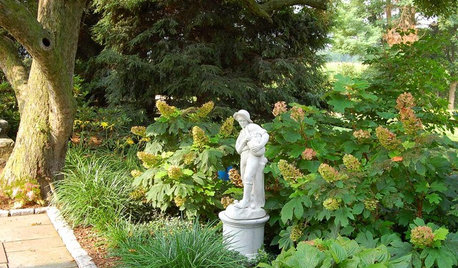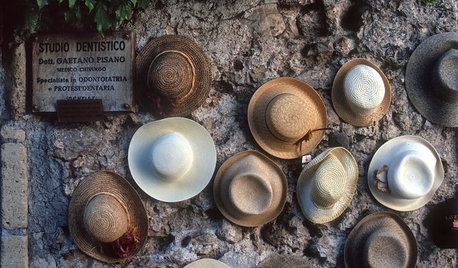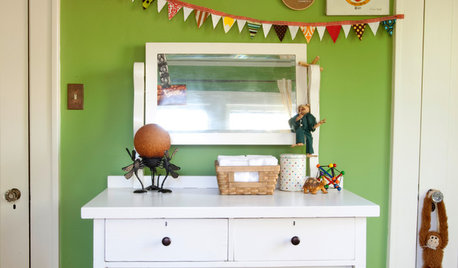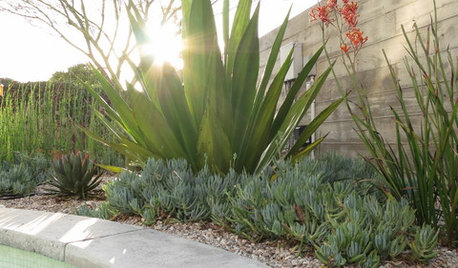Hydrangea Leaves Turning Reddish/Purplish Brown
athrael
15 years ago
Related Stories

GARDENING GUIDESGreat Design Plant: Oakleaf Hydrangea
Consider this full, flowering shrub for year-round beauty in the garden as you plan your fall plantings
Full Story
GARDENING GUIDESWhat's Wrong With My Plant? Leaves Often Hold the Clues
Learn how to identify common plant ailments by reading their leaves
Full Story
FALL GARDENING5 Ways to Put Fall Leaves to Work in Your Garden
Improve your soil and yard the organic way with a valuable garden booster that grows on trees
Full Story
COLORWhy You Should Give Brown a Chance
If 'blech' is your first response to brown, you're missing out on the opportunity for a warm-looking room that appeals to both sexes
Full Story
COLORHow to Use Marsala, Pantone’s 2015 Color of the Year
Pantone digs deep and goes earthy with its selection. Here are ways to make it work in your home
Full Story
COLORNature’s Color Wisdom: Lessons on Earth Tones From the Great Outdoors
Look to the land for hues that are grounding, soothing and endlessly versatile
Full Story
FALL GARDENINGHouzz Call: Show Us Your Fall Color!
Post pictures of your fall landscape — plants, leaves, wildlife — in the Comments section. Your photo could appear in an upcoming article
Full Story
GREENColor Guide: How to Work With Green
With as many green hues as leaves in a forest, it's easy to find one that grows on you
Full Story
FALL GARDENING11 Trees for Brilliant Fall Color
Give your landscape the quintessential look of autumn with the red, orange and yellow leaves of these standouts
Full Story
PLANTING IDEASBig Foliage for Small Spaces
Use bold, large-leaved plants to create intriguing contrast in a garden where they’re least expected
Full StoryMore Discussions






jean001
razorback33
Related Professionals
Surprise Landscape Architects & Landscape Designers · Bellflower Landscape Architects & Landscape Designers · Essex Landscape Architects & Landscape Designers · Fort Lee Landscape Architects & Landscape Designers · Fort Payne Landscape Contractors · Framingham Landscape Contractors · Kailua Landscape Contractors · Mastic Beach Landscape Contractors · North Plainfield Landscape Contractors · Pleasant Grove Landscape Contractors · Quincy Landscape Contractors · Wilton Landscape Contractors · Mitchellville Siding & Exteriors · Waukesha Siding & Exteriors · West Bloomfield Township Siding & ExteriorsathraelOriginal Author
razorback33
athraelOriginal Author
razorback33
jean001
athraelOriginal Author
razorback33
rahmati_razieh83
luis_pr